Any unwanted and excessive sound that affects human health, wildlife, or the environment is referred to as noise pollution. Noise pollution can be transport noise, vehicle noise, industrial noise, construction site noise, neighborhood noise, or any loud activity in a surrounding area. Read More…
Founded in 2019, DDS Acoustical Specialties stands at the forefront of the acoustic solutions industry, boasting a cumulative experience of more than 45 years. With a commitment to excellence, we specialize in the design, management, and installation of cutting-edge noise control and soundproofing products that cater to the unique needs of businesses across the nation. As we continue to evolve...

At IAC Acoustics, we specialize in providing comprehensive noise control solutions that address the acoustic challenges faced by a wide range of industries. Our work is rooted in engineering precision and a deep understanding of sound attenuation, enabling us to design and manufacture high-performance products that solve real-world noise issues.

Acoustical Control will do everything from design to final inspection. We custom make noise control systems for each project. We have been extremely successful in the area of noise control on oil and gas compressors. We can help you with your soundproofing needs. Contact us today.

Isotech, Inc. offers a wide range of Noise Barrier products to contain/reduce/block the noise path. These include flexible portable or permanent enclosures or sheets and rolls of mass loaded vinyls, quilted barrier composites and absorber barrier composites. A noise barrier treatment is extremely effective in reducing overall noise levels depending on the extent that the noise barrier blocks the...

More Noise Reduction Companies

Causes and Sources of Noise Pollution
- There are two sources of noise pollution: natural and man-made.
- Volcanic eruptions, lightning, and ocean waves are examples of noise pollution caused by natural sources.
- Industrialization, vehicle honking, construction sites, household appliances, events, and loudspeakers are potential sources of man-made noise pollution.
Noise pollution, also known as environmental noise, refers to unwanted or harmful sounds that disrupt the natural balance of the environment. As urbanization and industrial growth accelerate worldwide, the prevalence and intensity of noise pollution continues to rise. Whether you live in a bustling city or near a busy highway, excessive noise exposure can negatively impact your quality of life. Common environmental noise sources include transportation (such as road traffic, trains, and aircraft), commercial activities, manufacturing processes, neighborhood noise, and even recreational events.
What Are the Main Sources of Industrial Noise Pollution?
- Manufacturing plants: Heavy machinery, assembly lines, stamping presses, and power tools generate significant sound levels.
- Construction activities: Jackhammers, pile drivers, cranes, and other construction equipment contribute to high decibel outputs on job sites.
- Transportation hubs: Airports, railways, and trucking terminals often produce continuous and intermittent noise challenges.
- Energy production facilities: Power plants, refineries, and pumping stations can be persistent sources of industrial noise.
Residential and Community Noise Sources
- Household appliances: Air conditioners, washing machines, and vacuum cleaners may contribute to localized noise disturbances.
- Recreational venues: Stadiums, nightclubs, and concerts are often associated with high sound levels.
- Public infrastructure: Roadworks, garbage collection, and emergency sirens are additional sources of urban noise.
Effects of Noise Pollution
Not only is human health affected by noise pollution, but it also creates a disturbance for animals and birds. Hypertension, frustration, anger issues, hearing issues, disturbed mental health, sleep disorders, cardiovascular diseases, and many more are caused by noise pollution. Therefore, it is essential to minimize noise pollution in our surroundings to have a peaceful mind and life.
But the effects of environmental noise pollution go beyond annoyance or mere discomfort. Chronic exposure to excessive noise can have serious health consequences, including:
- Increased risk of heart disease and stroke: Studies demonstrate that long-term exposure to high decibel levels increases the risk of hypertension and related cardiovascular problems.
- Sleep disorders and diminished cognitive performance: Nighttime noise disrupts sleep cycles, leading to fatigue, reduced concentration, and lower productivity.
- Hearing impairment: Extended exposure to noise above 85 decibels can result in irreversible hearing loss.
- Mental health impacts: Anxiety, stress, depression, and mood disorders are more common among individuals exposed to persistent noise pollution.
- Adverse effects on wildlife: Many animal species rely on sound for communication, navigation, and mating. Noise in natural habitats can disrupt feeding patterns, breeding cycles, and even lead to migration away from critical environments.
Are You Experiencing the Harmful Effects of Noise Pollution?
Wondering if your workplace, home, or community is at risk? Contact a professional noise control consultant to assess your environment, measure sound levels, and recommend effective noise reduction solutions tailored to your needs.
Noise Reduction: Understanding the Basics
The method of removing or somehow reducing the noise level coming from the source is called noise reduction. Our industrial areas work with lots of heavy machinery, which results in a huge amount of noise pollution. This noise affects the surrounding environment and is harmful to the workers working in the vicinity. There are many methods for noise reduction. Some of them are discussed below.
Noise reduction, also referred to as noise abatement, sound insulation, or soundproofing, includes a range of engineering controls and products designed to minimize unwanted sound transmission. In industrial, commercial, and residential applications, noise reduction can improve workplace safety, enhance comfort, meet regulatory requirements, and protect public health.
Methods for Noise Reduction
- Proper installation, management, and cleaning keep the machinery working smoothly.
- To put the system in a container with acoustic barriers.
- Damping is the method to reduce vibrations produced by noise in applications such as hoppers, panels, tanks, and chutes.
- The damping method has two techniques: layer damping and constrained layer damping. Bitumastic damping material is stuck to the surface in layer damping, and in the latter, there is a laminate construction.
- Airborne noise pollution can be handled by fitting foam or fiberglass in the ducts that penetrate the walls.
- Placing exhaust and fans in the right place also helps in reducing noise pollution.
- Fitting silencers on the exhausts and using pneumatic nozzles for drying and blowing can also help.
- Using quiet electric motors and quieter timing belts can also help in noise reduction.

Key Strategies and Technologies for Industrial and Commercial Noise Reduction
- Source control: Selecting quieter equipment, maintaining machinery, and isolating noise sources.
- Path control: Using barriers, enclosures, and acoustic panels to block or absorb sound as it travels.
- Receiver protection: Providing employees with personal hearing protection devices and quiet zones in high-noise areas.
How Do You Select the Right Noise Reduction Method?
Choosing the optimal noise reduction approach depends on factors such as the type of noise (impulse, continuous, airborne, or structure-borne), source location, required decibel reduction, budget constraints, and regulatory standards. Consulting with an experienced noise reduction company helps ensure the most effective and compliant solution for your application.
Products Used for Noise Reduction
Many different types of noise reduction products are available in markets, and these are made of special materials such as cellulose, polypropylene, vinyl, and composite.
When researching noise control products and soundproofing solutions, it’s important to understand the range of available options, their key features, and their suitability for specific environments. Below, we highlight industry-leading noise reduction products and their typical applications.
Acoustic Barriers
- These are high-performance barriers used to control industrial noise pollution.
- These are easy to install, durable, heat resistant, lightweight, and with one or two absorbent sides.
- Acoustic barriers are used in transport, sports facilities, utilities, and the mechanical parts industry.
- These barriers are galvanized with powder coating, vinyl coating, mild steel, or aluminum.
Acoustic barriers are also known as sound walls or noise barriers. They are widely used to mitigate noise from highways, railways, and industrial sites. By blocking the path of sound waves, these barriers can significantly reduce noise exposure for nearby communities, businesses, and sensitive facilities.

Acoustic Enclosures
- Acoustic enclosures are metal containers that are formed outside the machinery.
- These enclosures reduce noise and help in smooth working.
- Acoustic enclosures have an air inlet drive for combustion and also have acoustic windows, doors, panels, and ventilators.
- These enclosures can be used for indoor and outdoor units.
- The finishing of these enclosures is of aluminum, steel, galvanized steel, and syntha pulvin.
- These are used for test cells, personal space enclosures, compressor enclosures, and soundproof control rooms.
Industrial acoustic enclosures and soundproof machine covers are critical in environments with high-decibel equipment. They can be custom-engineered to fit around compressors, generators, pumps, and other noise sources. By containing and absorbing sound, these enclosures help businesses comply with OSHA and local noise ordinances.
Acoustic Canopies
- Acoustic canopies are designed to be lowered down on the machinery.
- These are used in applications where the system requires proper ventilation.
- These can be used for indoor as well as outdoor units.
- These are commonly used for gas and diesel turbines, generators, compressors, etc.

Acoustic Foams
- Acoustic foam are installed on ceilings, doors, and windows for soundproofing.
- These are easy to install and durable.
- These are used in gymnasiums, theaters, schools, offices, and auditoriums.
Acoustic foam panels are a popular sound absorption material for reducing echo, flutter, and reverberation. Commonly used in recording studios, call centers, and open-plan offices, these foam products improve speech clarity and create a more comfortable environment. Choose from wedge, pyramid, or egg-crate designs for tailored acoustic performance.
Ceiling Baffles
- Ceiling baffles are devices that reduce the resonance and echo of sound in buildings, theaters, auditoriums, gymnasiums, and speech rooms.
- These are devices that are hung down the ceilings.
- These baffles are easy to install, durable and cost-effective.
- Its construction material is fiberglass and has sharp edges.
- Ceiling baffles can be customized in any size and shape.
Ceiling baffles and acoustic clouds are suspended from the ceiling to absorb reflected sound energy. They are an ideal solution for spaces with high ceilings or large volumes where wall treatments are insufficient. Ceiling baffles are frequently specified in educational, commercial, and sports facilities.

Varitone Sound Absorption System
- Varitone is an efficient noise-reducing rectangular product.
- It can be attached to the walls or hung down the ceilings.
- It is easy to install and helps in improving the audio in the area.
- It is scratch and tamper-resistant and can also be washed.
The Varitone sound absorption system is engineered for both new construction and retrofitting in existing spaces. It provides high sound absorption coefficients, durability, and aesthetic flexibility, making it a favorite in educational, healthcare, and commercial applications where speech intelligibility and comfort are priorities.
Soundproof Doors and Windows
- Soundproof doors and windows can be installed in a variety of environments.
- These are cost-effective and efficient in reducing noise.
- These doors and windows can be customized in any color and size.
- The finishing can be aluminum or bronze.
- These are shock-resistant and durable.
- These are used in the military, music rooms, or conference rooms.
Soundproof doors and windows utilize specialized seals, acoustic glass, and multi-layer construction to block the transmission of unwanted noise. They are a preferred solution in hospitals, hotels, recording studios, and luxury residences, offering both safety and comfort. Upgrading to acoustic doors and windows can significantly enhance privacy and reduce external disturbances.

Soundproof Curtains and Blankets
- Soundproof curtains and blankets are used for indoor and outdoor units.
- The outer core is made of fiberglass, and the inner core is aluminum or polyester fabric.
- These can be installed anywhere and are durable.
- These are fire and weather-resistant, easy to install, and lightweight.
- Sound curtains and blankets are reusable as indoor and outdoor fencing.
Soundproof curtains and acoustic blankets provide a flexible, temporary solution for controlling noise in industrial, construction, and residential settings. They are commonly used to contain construction noise, partition noisy workspaces, or create quiet zones in open environments. Their portability and effectiveness make them a practical choice for many noise abatement projects.

How to Evaluate and Choose the Right Noise Reduction Solution
When searching for the best noise reduction products or soundproofing services, consider the following factors:
- Noise frequency and intensity: Are you dealing with low-frequency vibrations or high-pitched airborne noise? The right product depends on the type and level of noise present.
- Application environment: Is your need for residential, commercial, or industrial noise control? Each setting has unique acoustic requirements and product solutions.
- Regulatory compliance: Ensure your solution meets OSHA, EPA, and local community noise ordinances or standards.
- Durability and maintenance: In high-traffic or outdoor areas, choose noise reduction products that withstand weather, temperature, and wear.
- Installation and aesthetics: Consider ease of installation and the impact on your facility’s visual appeal. Many modern products are designed to be both effective and visually unobtrusive.
- Budget and ROI: Compare product costs, installation fees, and potential long-term savings from reduced health risks, improved productivity, and regulatory compliance.
What Questions Should You Ask When Shopping for Noise Control Solutions?
- What is the primary source and type of noise in my environment?
- Which products or combination of products will deliver the required noise reduction?
- How does installation impact my daily operations?
- What is the expected lifespan and maintenance schedule for each product?
- Does the manufacturer or supplier offer custom design and engineering services?
- How do I verify the performance of the solution before and after installation?
Choosing the Right Noise Reduction Company
To ensure the most positive outcome when selecting a noise reduction company, it is important to compare several noise reduction companies using our directory of noise reduction businesses. Each noise reduction company has a business profile page highlighting their areas of experience and capabilities, along with a contact form to directly communicate with the business for more information or request a quote. Review each noise reduction company website using our proprietary website previewer to quickly learn what each business specializes in. Then, use our simple RFQ form to communicate with multiple noise reduction companies with the same form.
When evaluating noise control contractors, soundproofing companies, or acoustic engineering firms, consider factors such as:
- Experience in your industry and with similar project requirements
- Certifications or credentials (such as INCE Board Certification or LEED accreditation)
- Ability to provide site assessments, acoustic measurements, and custom recommendations
- Portfolio of completed projects and client testimonials
- Warranty, after-sales support, and maintenance services
Ready to Find the Best Noise Reduction Solution for Your Facility?
Explore our directory to compare top-rated noise control companies, request a consultation, or submit a quote request tailored to your unique needs. Take the first step toward a quieter, safer, and more productive environment today!
Frequently Asked Questions About Noise Control and Soundproofing
- What is the difference between soundproofing and sound absorption?
Soundproofing prevents noise from entering or leaving a space, while sound absorption reduces echo and reverberation within a room. - How do I know if I need industrial noise reduction?
If your facility exceeds OSHA noise limits, workers complain about loud environments, or you’ve received community noise complaints, it’s time to consult a noise control specialist. - Are custom noise reduction solutions available?
Yes, experienced noise control companies offer custom-engineered products and design services to suit specific site requirements and noise profiles. - How long does it take to install acoustic barriers or enclosures?
Installation time varies by project size and complexity, but many standard products can be installed in days, not weeks. - What is the ROI on investing in noise control?
Benefits include regulatory compliance, enhanced worker safety, improved productivity, and increased property value.
Related Resources and Next Steps
- Learn more about the causes and effects of noise pollution
- Browse our full range of noise reduction services
- Explore top-rated acoustic foam manufacturers
- Request a custom quote for your facility





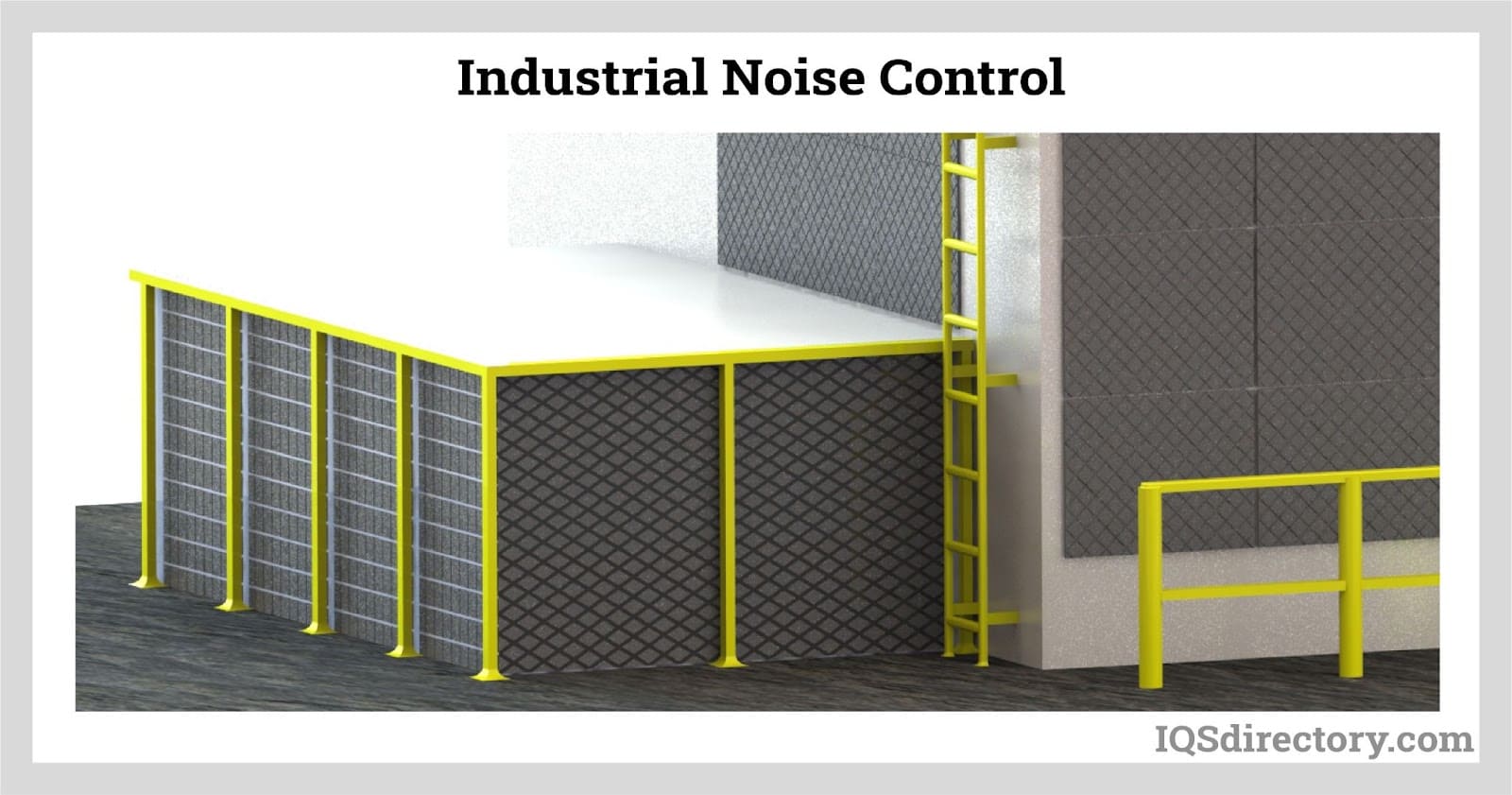
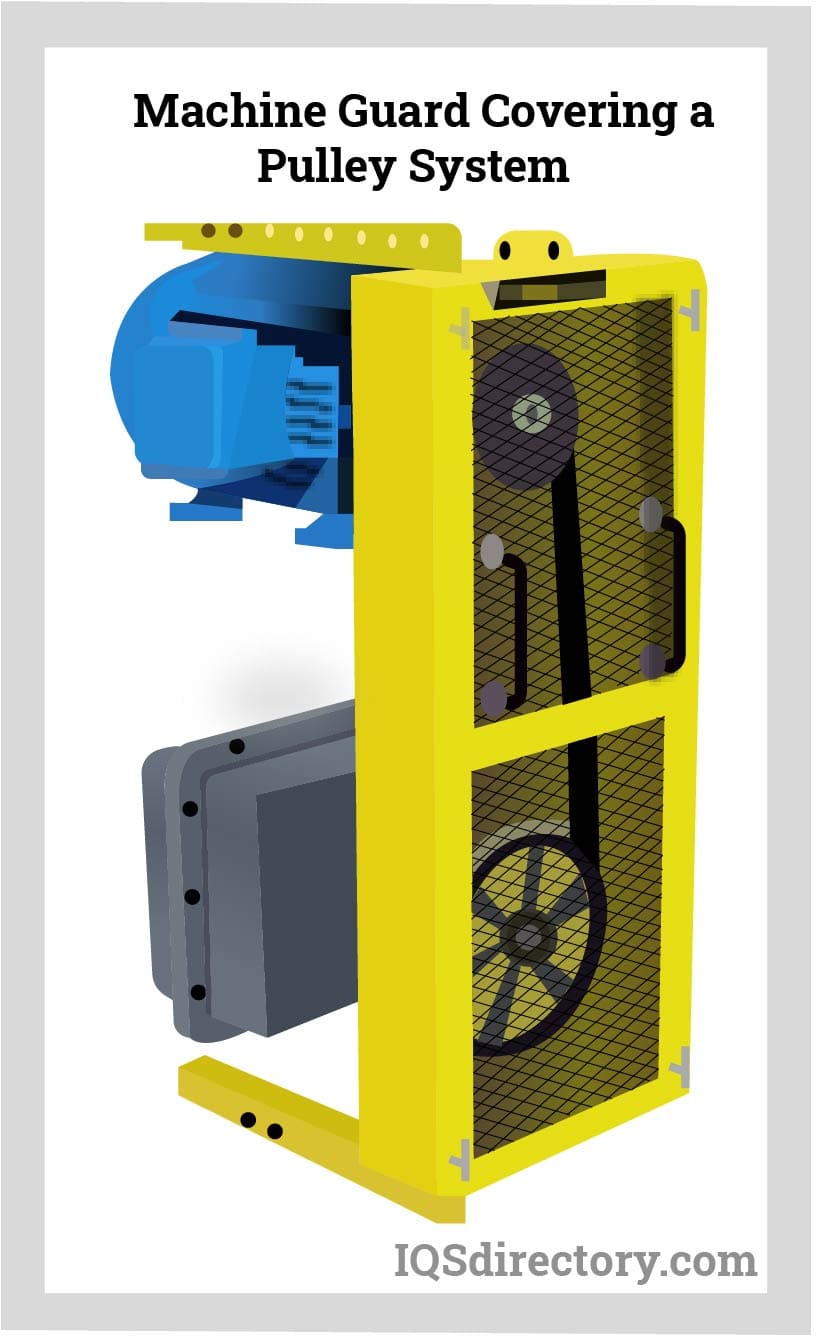
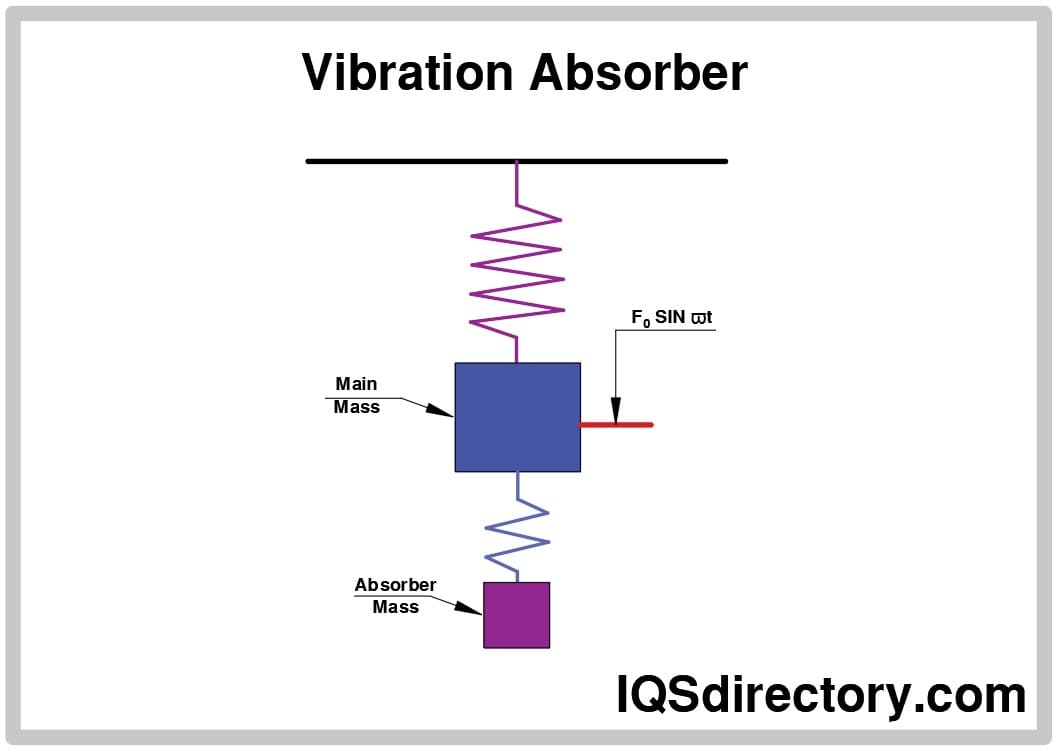
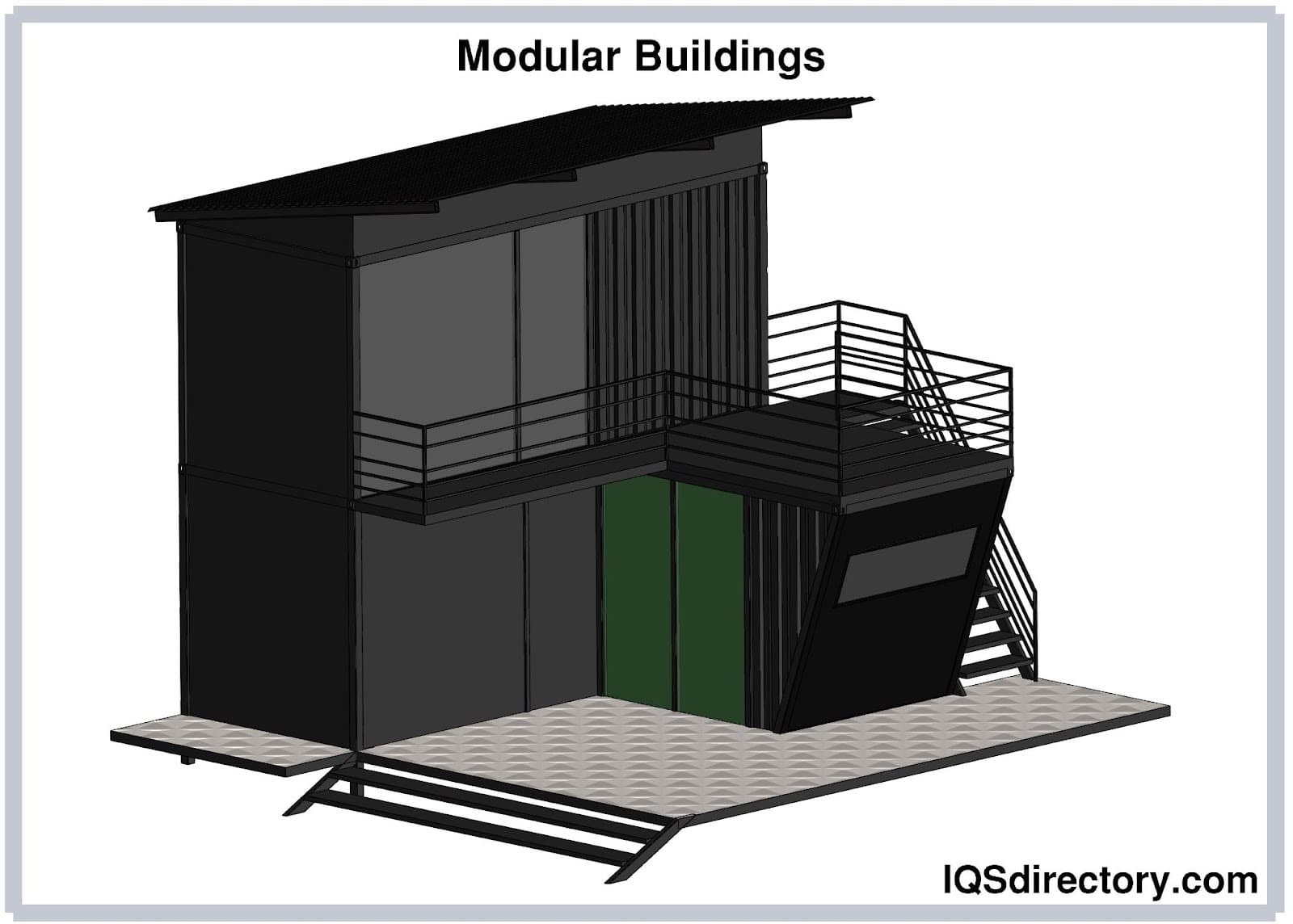
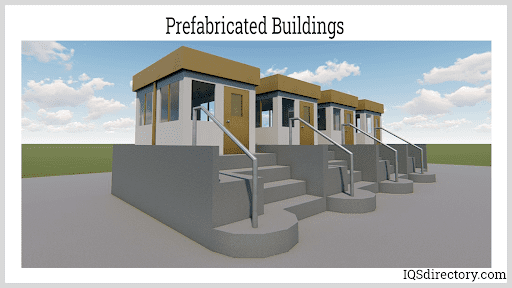
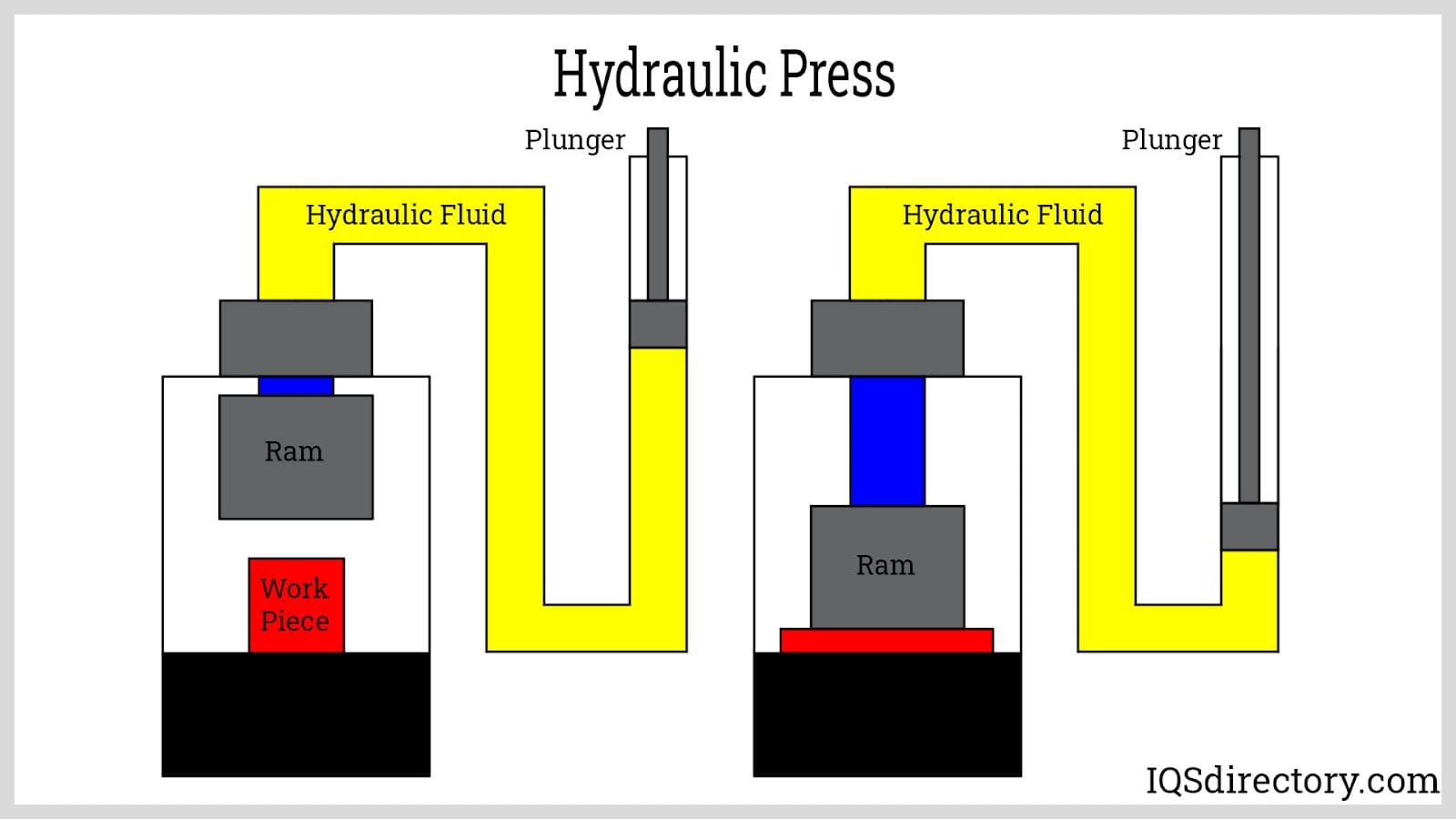
 Machine Guards
Machine Guards Noise Control
Noise Control Safety Cables
Safety Cables Sewing Contractors
Sewing Contractors Castings & Forgings
Castings & Forgings Bulk Material Handling
Bulk Material Handling Electrical & Electronic Components
Electrical & Electronic Components Flow Instrumentation
Flow Instrumentation Hardware
Hardware Material Handling Equipment
Material Handling Equipment Metal Cutting Services
Metal Cutting Services Metal Forming Services
Metal Forming Services Metal Suppliers
Metal Suppliers Motion Control Products
Motion Control Products Plant & Facility Equipment
Plant & Facility Equipment Plant & Facility Supplies
Plant & Facility Supplies Plastic Molding Processes
Plastic Molding Processes Pumps & Valves
Pumps & Valves Recycling Equipment
Recycling Equipment Rubber Products & Services
Rubber Products & Services